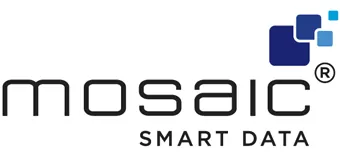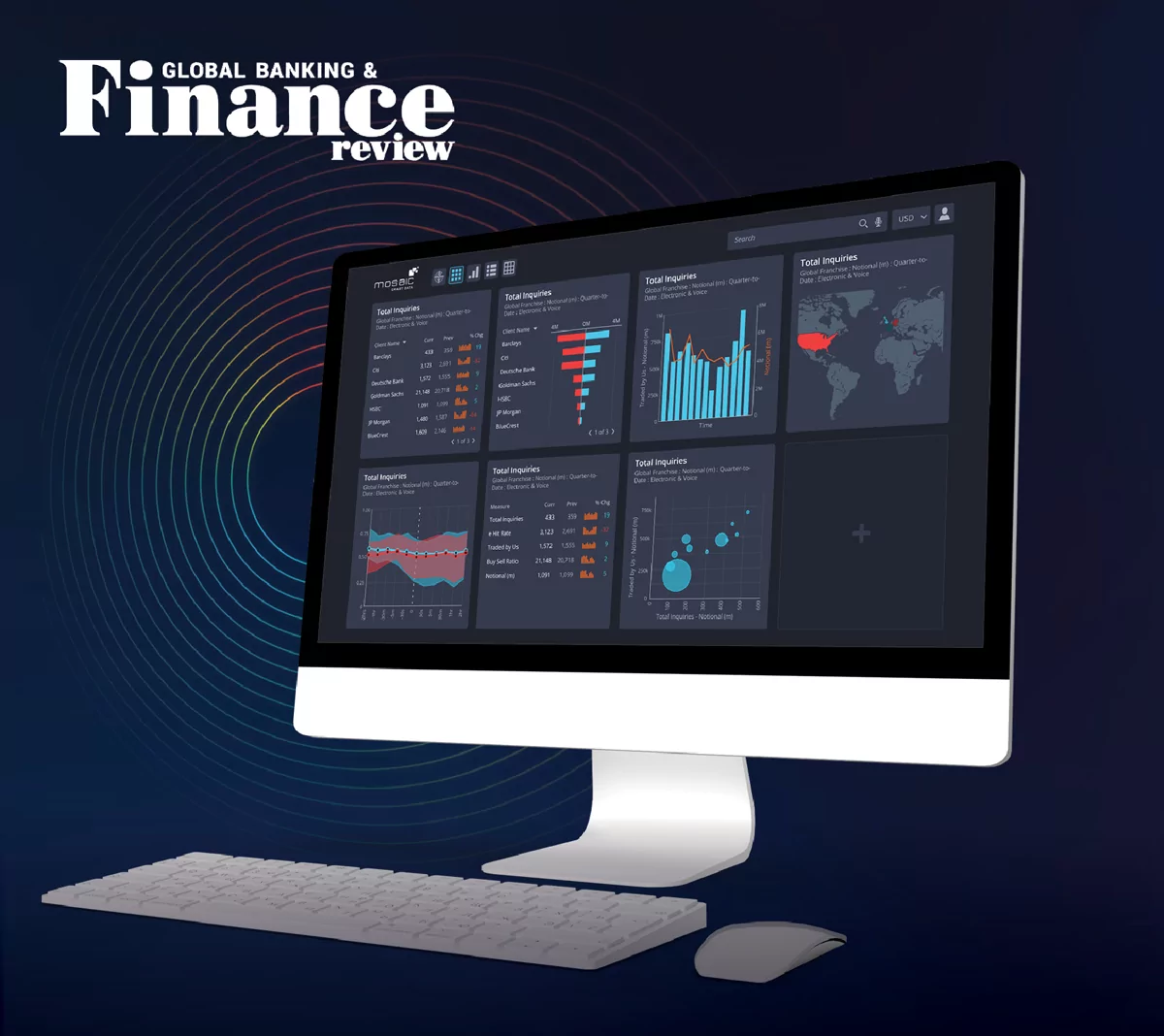Steps Ahead
Why buy and build? Choose an analytics platform that’s machine-tooled for capital markets
It’s fair to say that data analytics providers – like most software firms – come in all shapes and sizes. The market has grown in both size and diversity in recent years, with certain players coming to the fore – but with very different value propositions for the end user.
By Matthew Hodgson, CEO, Mosaic Smart Data
This growth has been fuelled in part by the pandemic and the shift to remote working. This evolution significantly increased opportunities to track and measure data, spawning a new data-driven culture in organizations. From investment banks to retail companies, the new data culture is manifesting itself across the board in investments in AI-based analytics.
As a result, the global data analytics market is predicted to grow with a compound annual growth rate of almost 30 percent in the coming years, with revenue reaching over 68 billion U.S. dollars by 2025 from around 15 billion U.S. dollars in 2019.[1]
Against this backdrop, it’s clear that analytics has wide and diverse applications to drive business value – but as a bank operating in the FICC markets, what should you look for in a provider? The most successful banks are those that implement solutions that unlock the full potential of their data in the most effective and efficient manner.
The problem with opting for the generic
The age-old debate of buy vs build is a conundrum all banks are familiar with. But once you’ve made the decision to buy, why then be faced with the challenge of also having to build? A number of one-size-fits-all analytics platforms put banks in this challenging, time-consuming and expensive position.
These more generic platforms have typically been designed for applicability in any industry rather than being purpose-built for the nuances of capital markets. This means that what you are effectively buying is an MVP visualisation tool – and while the underlying technology is unquestionably effective at visualising data sets, the buyer has to do all the hard work in terms of analysing the data, structuring it, making sense of it and presenting it in a way that is useful to different teams across the business.
While this delivers a lot of flexibility and ability for customisation, it requires a huge amount of specialised expertise and resources that many smaller banks simply don’t have or expect when buying an off-the-shelf product. Instead, it’s akin to buying a development toolkit, albeit at a higher level. And without careful management, different people might not be using the right data sources or drawing the same conclusions, creating a very messy situation.
Getting the balance right
When choosing an analytics provider, banks must carefully consider their required balance of flexibility, control, effort and management. A generic visualisation platform delivers on the control front and can be tailored to meet the requirements of specific desks – but only if a bank has the time, budget an in-house know-how. It will never provide any finance specific tools such as insight into client profitability or DV01, or functionality such as alerts and reporting, without a lot of effort on building after buying.
It has been estimated that quant researchers spend around 80% of their time engineering data to make it usable for quantitative analysis. They need a platform that empowers them to tip this balance, freeing up time for data science – not engineering
Instead, many banks prefer to seek out specialist analytics providers with deep expertise in the asset classes in which they operate and a proven track record in capital markets and who provide a user configurable interface with a no-code offering. These purpose-built platforms must be able to handle the full spectrum of analytics, from the day-to-day to the most advanced, delivered at an enterprise scale.
Financial services specialists like Mosaic know and understand the sector its customers work in and have already thought about and built the solutions to the challenges they face. A use-case specific analytics offering with rich, tailor-made functionality is the quickest, most effective and future-proof route to deriving actionable intelligence from client transaction and market data across the bank.



